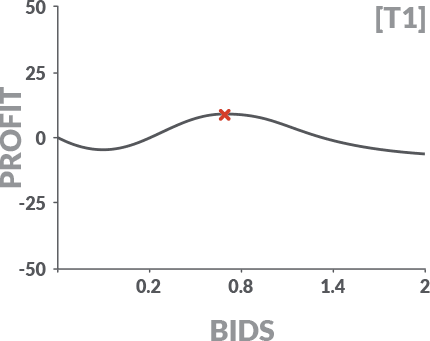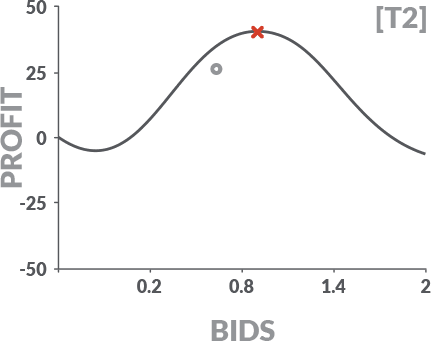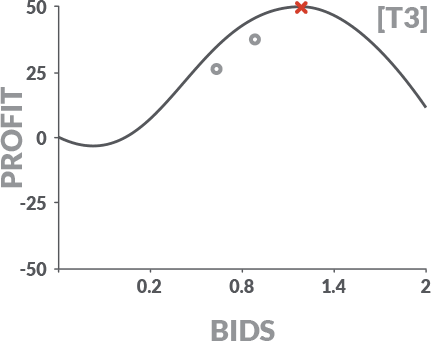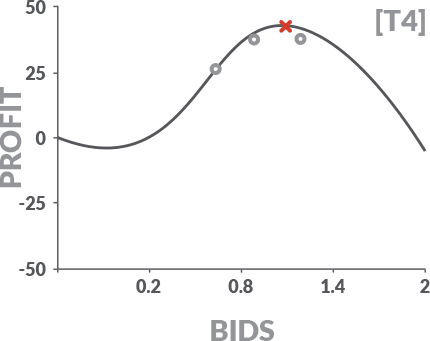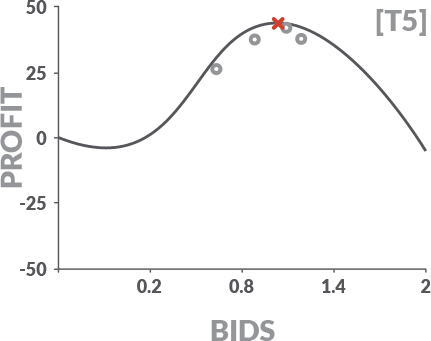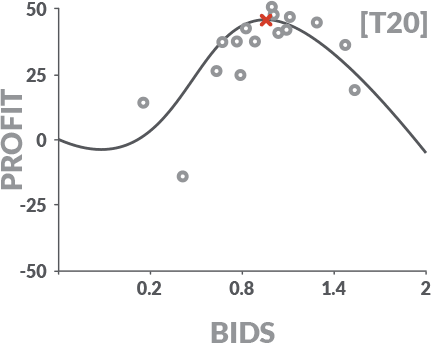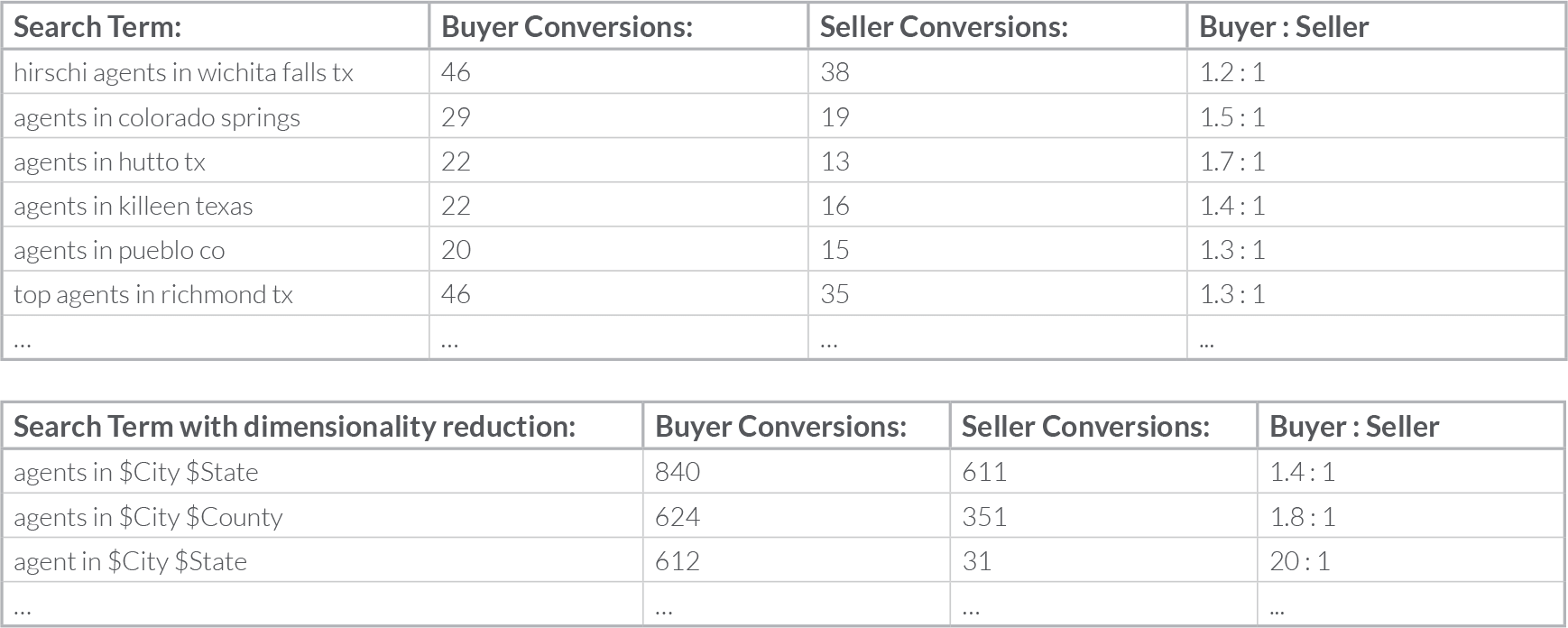Cost effective targeting of segmented markets.
Introduction:
In online marketing little is known about an individual’s property preferences upon first ad impression.
Problem Statement:
- To whom do you market which property?
- How do you market the correct property to the correct person and maximize Return On Investment (ROI)?
Study Summary:
The Data:
A large amount of data is available on the property market in the USA; some of this can be found in the USA Census Data. A data set like this would be too large to be analyzed in a meaningful time frame by humans, and conventional statistical analysis techniques would produce less meaningful results.
The Process:
- Select data with key characteristics such as property values, mean income, etc. Census and neighborhood data can be chosen.
- Run through k-means to produce market segment clusters which include property archetypes and demographic segments.
- Group the resulting market segments together in advertisement campaigns.
- Test resulting advertisement groups using AB testing, multi-armed bandit, etc.
Resulting Information:
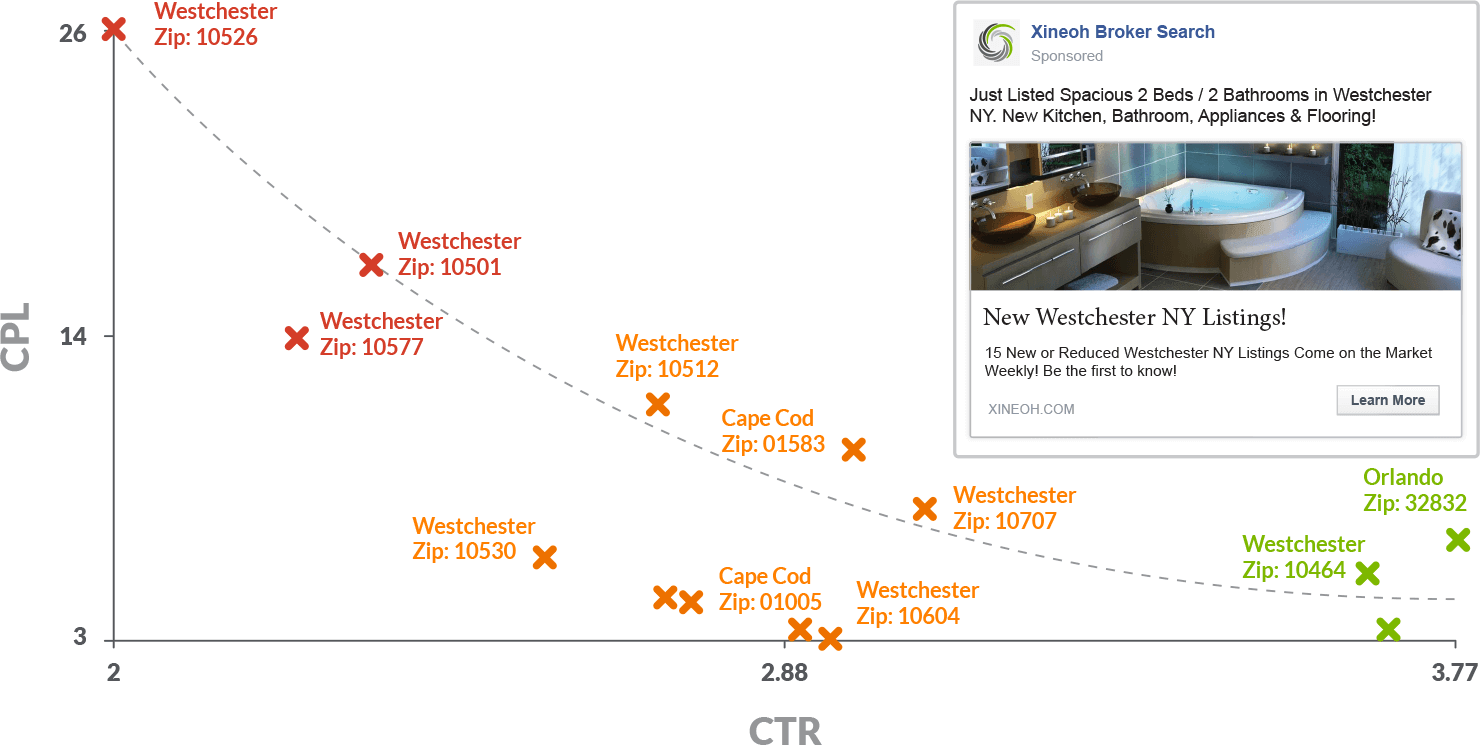
An advertisement showing a specific property archetype was shown per above to a few different demographic clusters, which are represented by color groups green, orange and red. The green group, which contained zips 10464, 32832 and so forth, performed well with this ad, while the red group containing zips 10526, 10501, etc. did poorly.
Findings Summary:
- It is possible to predict the property archetypes a person would be interested in, upon first contact with the advertisement.
- One can rapidly improve ROI on advertising campaigns, using proper clustering.
- Coincidental finding: The key variable that influences people’s perception of a property archetype is the image that represents the property in an ad.
- Price and square footage do not influence this to a significant degree.


